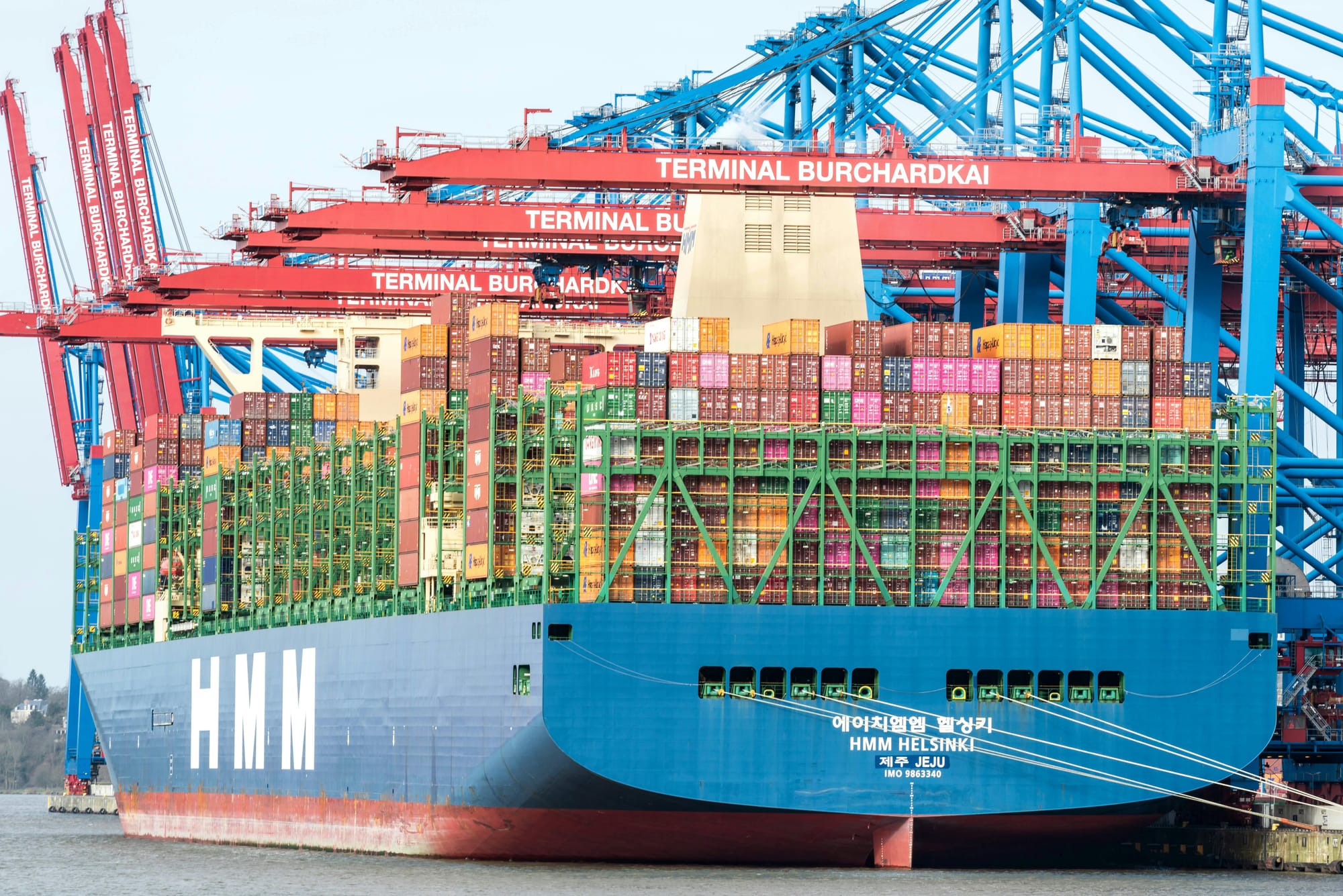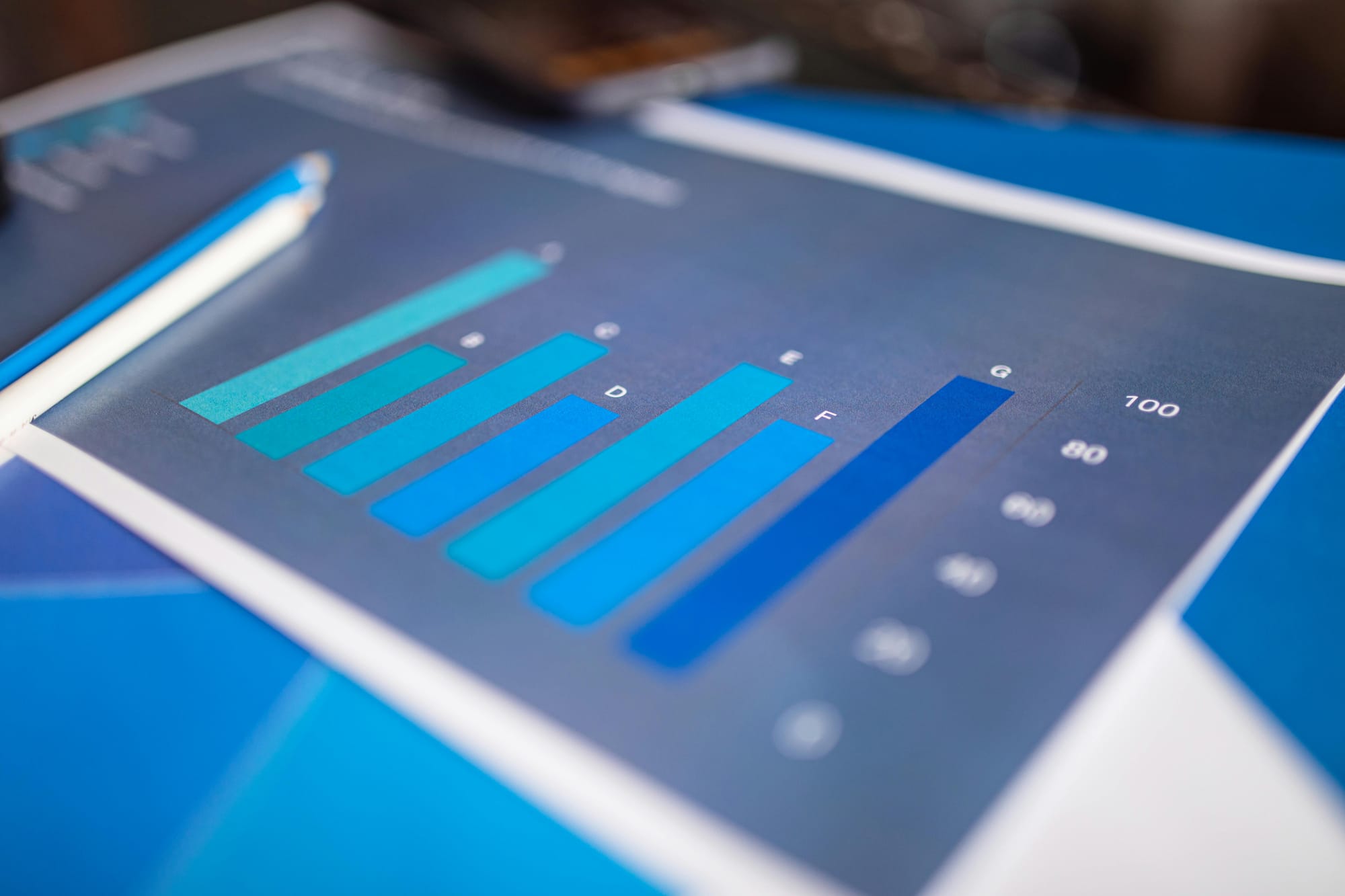Brazil's $5.889 billion trade surplus in June highlights economic performance

Introduction
Brazil's impressive trade balance is evident in its $5.889 billion trade surplus in June. This significant figure highlights Brazil's positive economic performance across various sectors. The ability to generate a trade surplus reveals much about Brazilian exports and the state of its imports. By examining the June trade surplus, we uncover insights into Brazil's economic trends and its influence on the South American market. The combination of increased exports and carefully managed imports reflects a picture of economic growth for Brazil. Not only does this surplus illustrate the strength of the Brazilian economy, but it also emphasizes its growing market presence in the region and beyond.
Brazil's June Trade Surplus: An Overview
The $5.889 billion trade surplus achieved in June is a key indicator of Brazil's strong economic standing. Here’s what it means for Brazil:
- Contextual Comparison: Comparing this surplus with previous months helps identify consistent patterns in Brazil’s economic performance. This steady growth trajectory is a positive sign for potential investors.
- Trade Balance Definition: The trade balance represents the difference between the value of a country's exports and imports. A surplus indicates that Brazil exported more than it imported.
- Economic Impact: A robust trade surplus is beneficial as it suggests a boost to the Brazil economy, attracting further foreign investments and reinforcing economic stability.
The Driving Forces Behind Brazil's Surplus
- Increase in Exports: The steady rise in Brazilian exports played a significant role. Enhanced agricultural and manufacturing output led the way, providing competitive exports on the global stage.
- Reduced Imports: Simultaneously, a strategic reduction in imports helped maintain the surplus. This balance ensures more goods are being produced domestically, fostering economic growth.
- Sector Contributions: Key sectors like agriculture and manufacturing demonstrated significant growth. These sectors are pivotal in sustaining and increasing the country's export capacity.
As these elements come together, they create a foundation for Brazil to continually maintain its trade balance.

Brazil's Economic Performance in 2023
- GDP and Inflation: A stable GDP and manageable inflation levels further emphasize the country’s economic health. Together, they provide a more comprehensive picture of Brazil's performance.
- Financial News: Staying updated with Brazil financial news and economic trends unveils the factors leading to its trade success. This financial insight helps investors make informed decisions.
- Economic Indicators: Beyond exports and imports, indicators like employment rates and production capacities also provide insights into Brazil's broader economic trends.
These factors together paint a promising picture of an economy on the rise, underpinned by strong fiscal policies and market confidence.

South America's Trade Dynamics and Brazil's Role
- Trade Relationships: Brazil's robust trade relationships enhance its influence in South America's trade dynamics. It's a pivotal player, shaping regional trade policies and agreements.
- International Commitments: The country's international trade commitments further extend its reach, promoting a robust foreign trade ecosystem.
- Impact on the Region: Brazil's strong performance in imports and exports influences not just its economy but also sets standards for regional trade practices.
As a leading market in South America, Brazil's economic strategies and trade policies can often determine the pace and direction of trade in the region.
Future Outlook: Brazil's Trade Balance and Economic Indicators
Looking ahead, Brazil's future in trade seems promising but will require careful navigation:
- Possible Challenges: Fluctuations in global market conditions and internal economic challenges could impact Brazil's surplus. Hence, continuous monitoring and policy adjustments are necessary.
- Growth Opportunities: There are numerous growth opportunities in enhancing export capacities and entering new markets. Emphasizing these aspects can sustain trade growth.
- Policy and Decision-Making: Monthly trade data help policymakers make informed decisions. Analyzing these patterns supports strategic planning for sustainable economic growth.
By focusing on these areas, Brazil can maintain its stronghold on the trade balance and continue its upward economic trajectory.
Conclusion
Brazil's $5.889 billion trade surplus in June is a testament to its growing economic strength. By leveraging increased exports and managing imports, Brazil solidifies its position in the South American market. This steady performance has significant implications for the country's future economic policies and trade strategies. As we look to the future, ongoing analysis of trade data and economic indicators will be crucial for Brazil to navigate challenges and seize growth opportunities. This trade balance not only highlights the dynamic nature of Brazil's economy but also positions it as a key player in the international trade arena.




